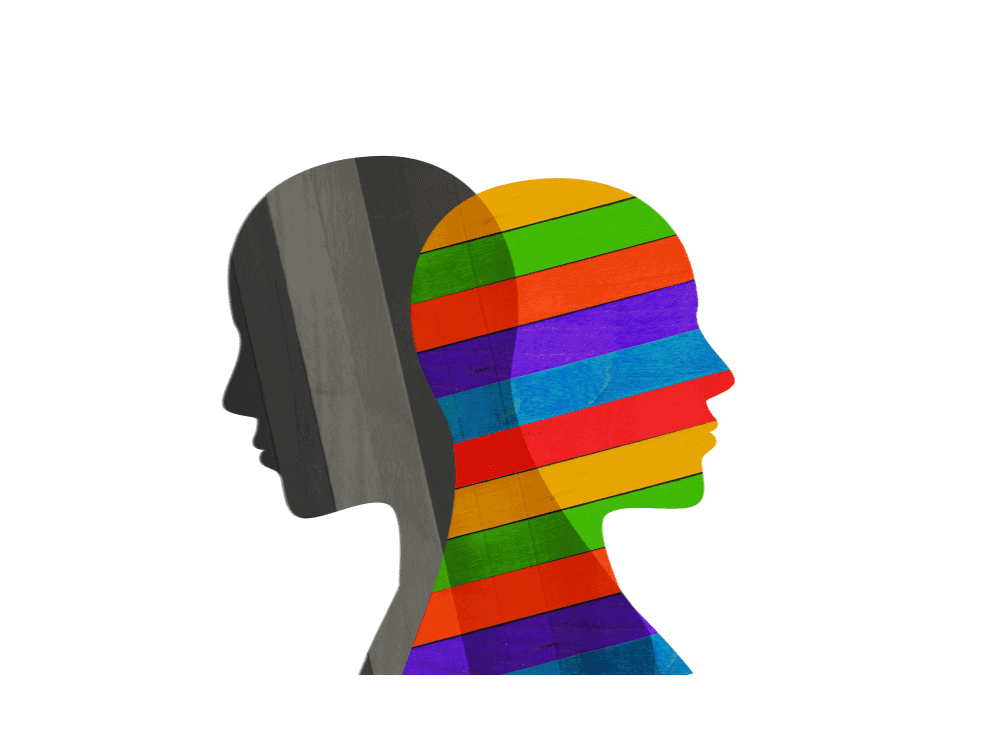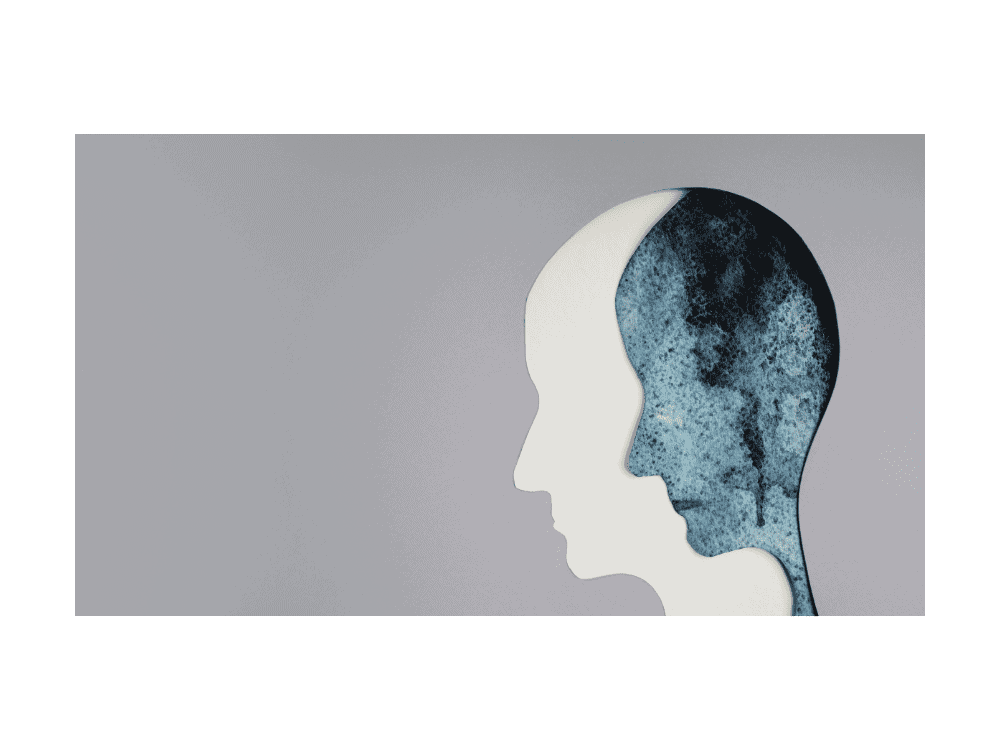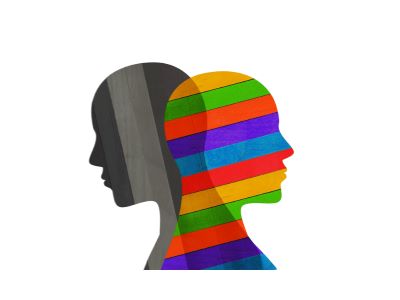
Borderline personality disorder (BPD) is a mental disorder characterized by mood, behavior, and functioning instability. People with BPD may experience intense emotions that are hard to regulate, difficulties with relationships and self-image, impulsivity, self-harm, and suicidal tendencies.
BPD can be treated with various forms of psychotherapy, such as dialectical behavior therapy (DBT), cognitive behavioral therapy (CBT), group therapy and schema therapy (ST).
Online therapy, a form of psychotherapy delivered through the internet via video calls, phone calls, text messages, or other digital platforms, can treat BPD. This article explores how effectively it does this and what to know about using online platforms for BPD therapy.
Online Therapy May be More Effective Than in-Person Counseling
Online therapy can offer some advantages for people with BPD, such as convenience, accessibility, affordability, anonymity, and flexibility. Online therapy can also reduce some of the barriers that may prevent people from seeking help for their mental health issues. For example:
- People with BPD may have difficulties with transportation or mobility due to physical or financial limitations. Online therapy services can allow them to access treatment from their own home or any other location that suits them.
- People with BPD may have fears of abandonment or rejection, making them reluctant to form a therapeutic relationship with a therapist. Online therapy can provide a sense of distance, control and safety that may reduce anxiety and increase trust.
- People with BPD can have problems with emotional regulation that make them prone to anger outbursts or self-harm during sessions. Online therapy can allow them to communicate their feelings more calmly and constructively through text messages or emails. It can also enable them to access crisis support more easily if they feel suicidal or unsafe.
Online vs. In-Person Therapy for BPD
Online therapy for treating BPD is not a one-size-fits-all solution. The choice depends on various factors such as:
- The severity of symptoms
- The availability of resources
Cost comparison between in-person therapy & online therapy for BPD
| BetterHelp | In-person therapy |
| Cost ranges from $65-$100 per week (you can message your therapist anytime) | $100 to $200 per session |
| $260- $400 monthly Get 15% off for Healthy Minded visitors |
Online Limitations and Challenges for People with BPD

- Some people suffering with BPD may benefit from face to-face interaction with a therapist who can provide empathy, validation, feedback, and helpful nonverbal cues. Online therapy may not be able to replicate the same level of rapport and connection as in-person therapy.
Some people with serious BPD symptoms may need more intensive or specialized treatment than online therapy can offer. For example, online therapy for BPD may not be a suitable or effective treatment for those with severe symptoms or co-occurring disorders requiring medication management or hospitalization.
- Some people with BPD may have difficulties when engaging with therapists on online counseling platforms. For example, they might struggle with privacy issues, technology, or have other mental health issues.
- Similarly, online therapy isn’t accessible for those who do not have reliable internet connections or devices. It could pose risks for confidentiality and security if the platform is not encrypted or if it’s possible for others to access their information.
Does online therapy work?
Online therapy is a form of psychotherapy or counseling that is conducted over the internet using devices such as computers, tablets, or smartphones. Online therapy can be beneficial for people who live in remote areas, have physical limitations, or prefer convenience and privacy. However, online therapy also has some drawbacks, such as potential privacy and security issues, lack of nonverbal cues, and possible technical problems.
According to several studies, online therapy can be as effective and helpful as face-to-face therapy for various mental health conditions, such as depression¹³⁴, anxiety disorders³⁴, and problem gambling⁵. Online therapy usually involves cognitive behavioral therapy (CBT), which is a type of psychotherapy that helps people identify and change negative thoughts and behaviors that affect their mood and functioning.
However, online therapy may not be suitable for everyone. Some people may prefer the personal connection and rapport that comes with in-person therapy. Others may have more severe or complex mental health issues that require more intensive or specialized care. And, some people may not have access to reliable internet connections or devices that support online therapy. Therefore, it is important to consider your mental health professional and individual needs and preferences before deciding whether online therapy is right for you.
What are the pros of online psychotherapy?
Online psychotherapy has many advantages and benefits. These include the following:
- Online psychotherapy is accessible. No matter where you’re located, you can access online psychotherapy services. You just need a device, such as a laptop or cell phone, and a reliable internet connection.
- Online therapy services fit into your schedule. You can work therapy around your schedule, even if your pace of life is hectic. This is made even easier by how you can make use of messaging therapy, such as via email.
- You can be as private as you want. Whether you’re worried that you will bump into your friends when going to therapy or feel more comfortable expressing your honest thoughts and feelings in the comfort of your own home, online therapy can help you avoid discomfort associated with in-person therapy.
- You can work around your BPD symptoms. If your BPD symptoms, such as inappropriate anger, have got in the way of your in-person therapy sessions in the past, it can be more beneficial for you to have more time to respond to your therapist’s questions. Online therapy allows you to take time away from your therapy sessions to think about your feelings and formulate your answers.
There are a few things to consider before starting online therapy treatment for BPD
These include the following:
- Find a licensed therapist who is specialized in treating BPD.
- Think about whether you need extra support from your therapist. For example, if you find it challenging to remain motivated on your therapy journey, you might benefit more from having in-person therapy.
- Check if your insurance will cover the online therapy platform. ‘
Symptoms of Borderline Personality Disorder (BPD)
Borderline personality disorder (BPD) is a mental disorder that affects how a person feels, thinks, behaves, and relates to others. BPD can cause a wide range of symptoms that can be grouped into four main areas:
Emotional instability. People with BPD may experience intense and often negative emotions, such as rage, sorrow, shame, panic, terror, or loneliness. They may have severe mood swings that last from a few hours to a few days. They may also feel suicidal or self-harm.
Disturbed patterns of thinking or perception. People with BPD may have upsetting thoughts about themselves or others, such as feeling worthless or paranoid. They may also have brief or prolonged episodes of abnormal experiences, such as hearing voices or having delusions.
Impulsive behavior. People with BPD may have difficulty controlling their impulses and engage in reckless or harmful activities, such as binge drinking, drug misuse, overspending, gambling, or having unprotected sex with strangers.
Intense but unstable relationships with others. People with BPD may have trouble forming and maintaining healthy relationships. They may fear abandonment or rejection and take extreme measures to avoid it. They may also idealize or devalue others and have frequent conflicts or arguments.
The symptoms of BPD can vary in severity and frequency depending on various factors. These include the type and number of symptoms experienced by a person; the presence of any other mental disorders, health conditions or problems; the level of support and treatment available for a person; and the personal factors and circumstances that affect a person’s coping ability.
BPD is a serious condition affecting a person’s quality of life and well-being. However, it can be treated with various forms of psychotherapy and medication that can help people to manage their symptoms and improve their functioning. With proper treatment and support, many people suffering with BPD can overcome their symptoms and recover.
The Severity Of BPD Symptoms
The type and number of symptoms experienced by people with BPD can vary significantly. Patient.info lists four different symptoms: “emotional instability, disturbed patterns of thinking erratic behavior or perception, impulsive behavior and intense yet unstable relationships with others. “People with BPD may feel angry or upset a lot of the time.
A person may have mild to severe symptoms typically affected by factors such as the following.
Mood swings vary in duration and frequency. A person with BPD may experience rapid emotional changes that last a few hours to a few days. Some people may feel better in the morning or evening, while others may have unpredictable mood shifts throughout the day.
Inappropriate and sudden anger. A symptom related to the severity of one’s BPD is intense and inappropriate anger, such as losing one’s temper regularly, making sarcastic remarks, or getting into physical fights with others.
The tendency to engage in self-harm. In some people with BPD, intentional self-harm is common. This includes hurting oneself, such as via burning or cutting.
Intense fear of abandonment. Severe BPD can be marked by a strong fear of being abandoned by others. Normal situations, such as if a loved one is a bit late from work or spends a night outside of the home, can be triggering for someone with BPD. They might become clingy, beg the person not to leave them, or fight with the person.
The presence of other mental health conditions or behavioral problems. Many people with BPD also have another mental health condition or problem that can affect their functioning and well-being. Examples include depression, anxiety, substance misuse, eating disorders, or other personality disorders.
The personal factors and circumstances that affect a person’s coping ability. A person with BPD may face various challenges and stressors in their life that can trigger or worsen their symptoms. These may include trauma, substance abuse, neglect, abandonment, rejection, conflict, loss, isolation, stigma, discrimination, or violence. A person’s coping ability may also depend on their personality traits such as resilience, self-esteem, hope, or optimism.
Types of Therapies Used to Treat Borderline Personality Disorder
There are different types of therapies used to treat BPD. These include:
Dialectical behavior therapy (DBT). This therapy uses individual and group therapy to help people manage difficult emotions, tolerate distress, regulate emotions, and improve relationships.
Mentalization-based therapy (MBT). This therapy helps people with BPD understand their own and others’ mental health disorders and states and corrects inaccurate or distorted perceptions.
Schema-focused therapy (SFT). This therapy helps people with BPD identify and change their negative beliefs or schemas about themselves, others, and the world.
Transference-focused therapy (TFP). This therapy helps people with BPD develop a more realistic and coherent sense of self and others by exploring their relationship with their therapist.
Systems training for emotional predictability and problem-solving (STEPPS). This group-based program teaches people with BPD skills to cope with their emotions, behaviors, and thoughts.
Redditor Speaks out about borderline personality disorder
Have You Been Diagnosed With BPD? How To Cope.
Seek Professional Help
The most effective way to cope with BPD is to get psychological or medical treatment that can help you manage your symptoms and functioning. Different therapies can teach you skills to cope with your emotions, thoughts, behaviors, and relationships.
Some examples of cognitive behavioral therapy are dialectical behavior therapy (DBT), mentalization-based therapy (MBT), schema-focused therapy (SFT), and transference-focused therapy (TFP). Some people may also benefit from medication to help with certain symptoms such as mental disorders such as depression or anxiety.
Practice Self-Care
Taking care of yourself physically and mentally can help you cope with stress and your BPD symptoms. You can practice self-care by getting enough sleep, eating well, exercising regularly, avoiding drugs and alcohol, and doing activities that make you happy or relaxed. You can also use coping skills such as deep breathing, mindfulness meditation, progressive muscle relaxation, or distraction to calm yourself down when you feel overwhelmed.
Find Support
A supportive network of people who understand and care about you can help you cope with BPD. You can find support from your family, friends, therapist, doctor, or other people with BPD. You can join a support group online or in-person to share your experiences and feelings and learn from others. You can also contact a helpline or a crisis center if you feel suicidal or unsafe.
Challenge Negative Thoughts
People with BPD may have distorted or negative thoughts about themselves or others that can affect their mood and behavior. You can challenge these thoughts by identifying them, evaluating their accuracy, and replacing them with more realistic or positive ones.
For example:
- Negative thought: I’m worthless and nobody loves me.
- Challenge: Is this true? Do I have any evidence for this? What would I say to a friend who had this thought?
- Positive thought: I’m not worthless. I have many good qualities and achievements. Some people love me and care about me.
Set Boundaries
People with BPD may have relationship difficulties due to their fear of abandonment or rejection. They may cling to others too much or push them away too often. You can set boundaries by communicating your needs, expectations, and limits in relationships clearly and respectfully to others. For example:
Boundary: I need some time alone right now.
How to express it: I appreciate your concern but I’m feeling overwhelmed right now. Can we talk later when I feel calmer?
Seek Validation
People with BPD may feel invalidated by others who do not understand their emotions or life experiences. They may also invalidate themselves by judging their feelings as wrong or bad. You can seek validation by finding people who listen to you, empathize with you, and acknowledge your feelings without judging or dismissing them.
Given your situation, you can also validate yourself by accepting your feelings as valid and understandable. For example:
Validation: It’s normal to feel angry when someone hurts you.
Self-validation: I have a right to feel angry because what they did was wrong.
- Escalaphobia: Conquering Moving Mountains, One Step at a Time - December 19, 2024
- How Psychologists Can Empower Communities - March 25, 2024
- The Potential of Medical Cannabis for Neurological Conditions - February 26, 2024

